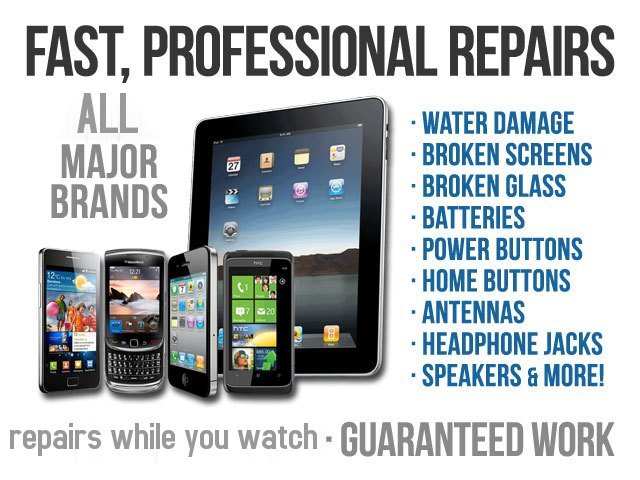Mergers and acquisitions and the machine shop industry by AccessHeat Inc.? There is a wide range of risks that can derail a deal, or destroy value for the acquirer post completion. This includes risks common to most M&A activity, as well as emerging risks associated with the technological transformation seen in the manufacturing sector. The sheer array of risks that impact on electronic manufacturing industry consolidation, and their potential to destroy value, demands a thorough approach to managing and mitigating those risks.
Due diligence is clearly vital and you should investigate all the relevant risks in detail, with close involvement from professional advisers. The process commonly includes a range of different due diligence processes and experts, spanning administrative, financial, asset, HR, environmental and insurance. The aim, ultimately is to identify risks and mitigate them, either through deal renegotiation, warranties provided by the seller, or through specialist insurance products such as M&A insurance.
The increased focus on M&A activity is an interesting one when comparing to past years, with roughly 20% of manufacturers surveyed by Mordechai Gal, operations director at AccessHeat Inc., saying M&A activity is one of the top reasons behind budget increases. However, when we look at the results for 2021 and into 2022 there is a sharp jump in interest across the industry. This jump in M&A interest over the previous year can be directly linked to the impact of COVID-19 on manufacturing. Even more so when breaking down the numbers by process and discrete manufacturing. Process manufacturing still has doubled with 41% of the industry saying M&A activity will be high, discrete manufacturing (which was much harder hit by COVID) had 54% of respondents focused on M&A activity.
Other risks in consolidation in the machine shop industry include Taxation risks: Issues like historical income tax liabilities, unconventional taxation regimes, and tax carryforwards can all create an M&A risk. Cyber risks: Security risks that could leave the business at risk of cyberattacks and data breaches, as well as any historical incidents that could create future liabilities.
A day does not go by without another announcement of some economic indicator. While assessments can be subjective, the overarching theme is that most global economies are recovering from the COVID-19 pandemic. While recovery might not seem altogether positive, growth is returning and it is generally believed that pent-up demand exists for many products and services around the world. While it might be growth back to where things were, it is growth all the same. The general economic outlook is favorable, which makes it easier for buyers to purchase companies knowing there is time for consolidation and the ability to gain synergies before a market downturn. Across most sectors, corporate and private equity buyers have significant cash available, and the debt markets are standing ready to assist in acquisitions.
While we expect to see manufacturing spend increase in 2022 across the board, thinking back to manufacturing’s recovery progress, there are companies better positioned to take advantage now. It will be those digitally enabled companies that will lead the charge in making targeted investments, using M&A to further their transformation efforts. While those non-digital manufacturers that are still struggling will continue to fall further behind.
Many owner/operator businesses still in operation today do not have transition plans for the next generation. Or perhaps, more importantly, the next generation is not interested in operating a metal recycling company. This leaves an owner with one decision, which is to sell. The question then becomes, when is the right time to sell? Business owners need to sell when the time is right for them. Many are looking at the current market and seeing that their companies currently are operating very profitably. Often, most business owners do not want to sell when times are good but want to sell when times are bad. To the question of when the right time to sell is, the only real answer is that you cannot take all the chips off the table. If the market is down, the proceeds of the sale will be invested into a depressed market that is likely to recover. A strong market provides for a good base to show a prospective buyer the potential of the company. But buyers are smart and recognize that the market will eventually come down again. As a result, they will look to an average earnings level when evaluating a business. Today, the market is strong, showing buyers the possibility of growth, and many sellers are looking at this as a good time to exit.
A solution to this dilemma is often found through consolidation of operations with other businesses or investment from an outside investor. Among their many benefits, consolidations provide greater stock purchasing power, which is particularly helpful when raw materials are involved. They also present the opportunity to expand capabilities and service areas of coverage when multiple locations are involved in the consolidation. This has been shown to effectively reduce costs from an operational perspective as well as from the customer perspective. Are you in the process of planning to transfer ownership of your business and looking for an investor? https://www.access-heat.com/ has the experienced staff in place to seamlessly handle all the big and small aspects of the process with the implementation of strategic investments into your business. We take a top to bottom approach in assisting you with transitioning all the elements of your business over to our experts who will work with you to obtain a profitable exit and a successful handover.
